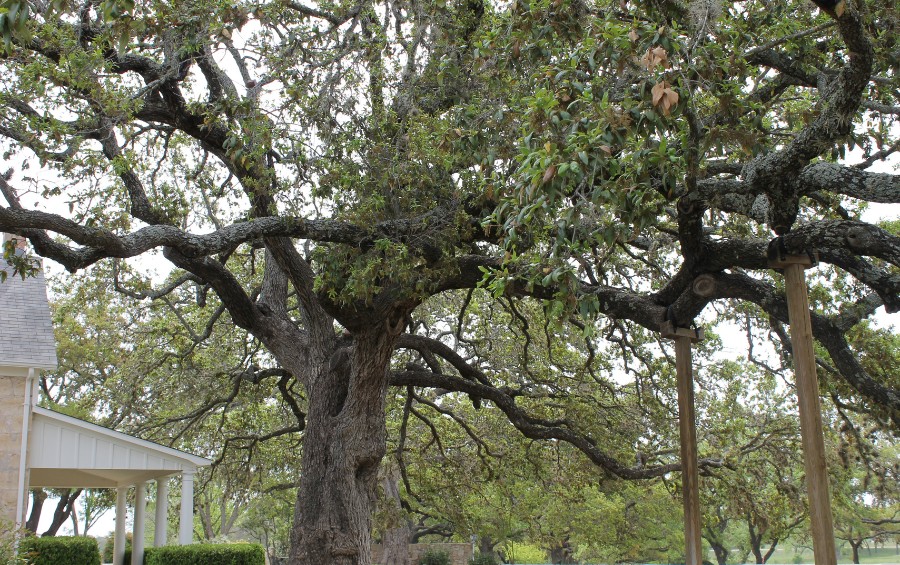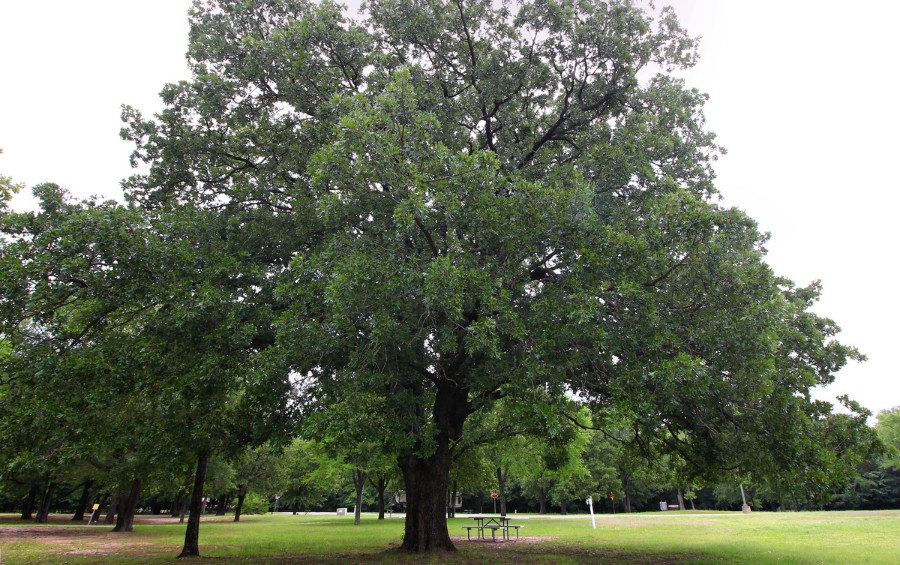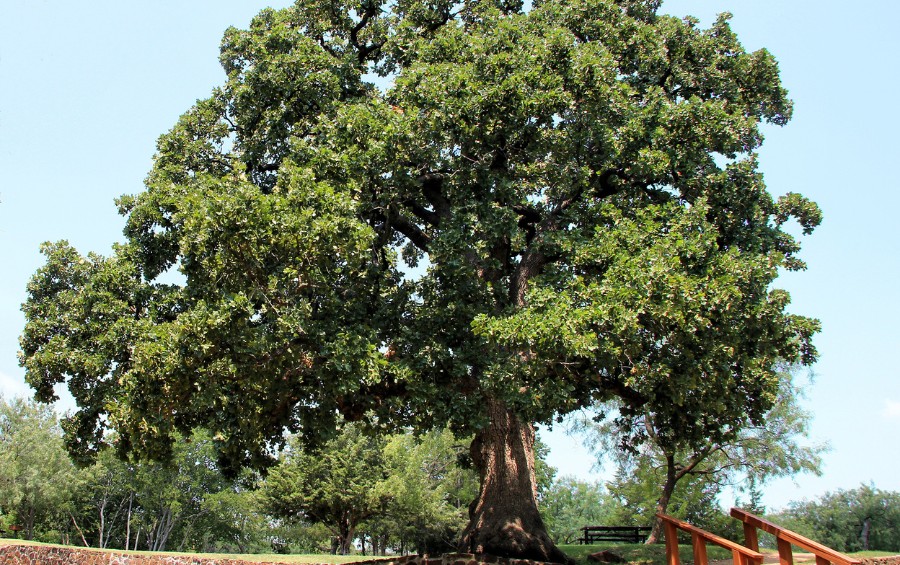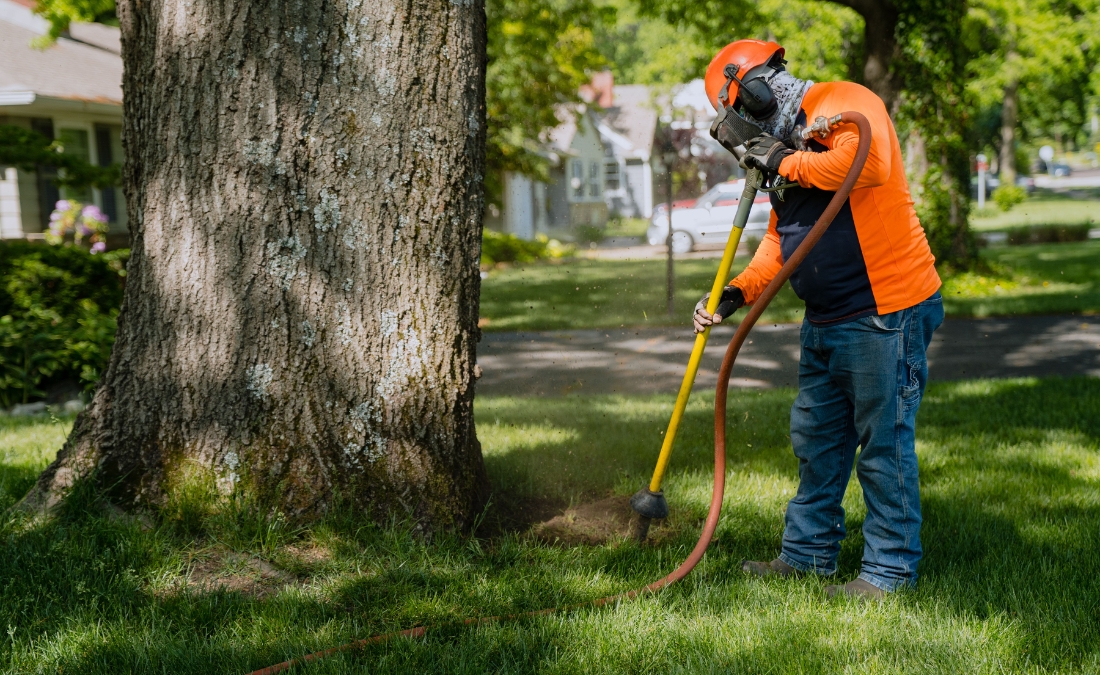Common Texas Oak Trees in Fort Worth and the Problems They Face
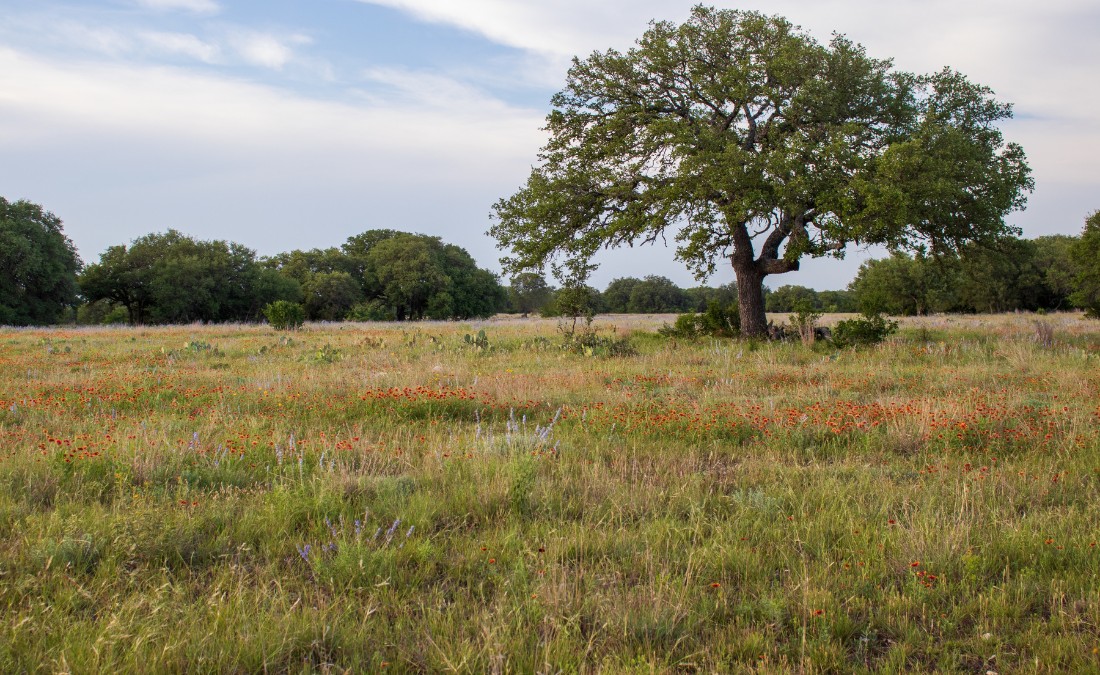
Fort Worth is home to many native oaks, but pests, disease, and drought are taking a toll. Learn how to identify common Texas oaks and protect them.
Fort Worth is home to countless oak trees, and you may even have some on your property, even if you don’t know it. While they symbolize our state and are generally hardy, oak trees face numerous threats that can leave them dead or stressed. Some of these oaks have been here longer than us, and every one we lose will take decades to replace.
Learn more about Texas oak trees, their typical problems, and what you should do to keep them healthy.
Key Takeaways
- Fort Worth’s recent updates to its forestry code have strengthened legal protections for oak trees, making proper care and professional consultation not just environmentally responsible but legally required for homeowners.
- Live oaks are semi-evergreen trees that face unique challenges like snow load damage due to retaining leaves year-round, severe freeze damage, and high susceptibility to oak wilt disease.
- Red oaks are particularly vulnerable to improper pruning by non-professionals, red oak borer infestations (worsened by recent freeze and drought stress), and oak wilt, requiring bi-yearly preventive treatments.
- Bur oaks are large, stately trees that are relatively durable and face few unique threats, though they are susceptible to many of the common insect and disease problems of oaks.
- Post oaks are slow-growing, long-lived trees that can mask health problems until it’s too late to save them, making regular professional inspections critical even when they appear healthy.
The Importance of Caring for Oaks in Fort Worth
Oaks are a defining feature of Fort Worth’s landscape, and they’re protected by law. Fort Worth has held the Tree City USA designation longer than any other Texas city, which comes with a responsibility to protect our urban forest.
Recently, the Fort Worth city council made updates to their forestry code, creating tighter regulations around which trees you can remove and strengthening protections for 21 new tree species.
Some of the most common oak species in our area fall under these enhanced protections, which means proper care is not just environmentally responsible – it’s legally required. When your oaks show signs of disease, damage, or decline, consulting with a Certified Arborist ensures you’re meeting both the tree’s needs and the city’s requirements.
4 Texas Oak Trees and the Typical Problems They Face
Texans have a lot of pride in our state, and one aspect that is especially worthy of pride is our oak trees. Texas is home to the most extensive variety of oaks in the United States.
With so many oaks in the Fort Worth area, it can be hard to know how each of them is different and what kind of care they need. Four oaks to know in the Fort Worth area and the problems they face include:
1. Live Oak (Quercus virginiana)
The live oak is a common sight in the Southern United States, and Fort Worth is no exception. These trees are unique amongst oaks in that they are semi-evergreen trees, meaning they keep their leaves for almost the entire year, only losing them briefly.
This semi-evergreen status does cause the live oak to deal with problems uncommon to other species in the family. They are at significant risk of failing during a snowstorm. The snow will add extra weight to the branches while they still have their leaves. Pruning live oaks before winter is a simple way to stop the damage.
Additionally, live oaks suffered severe freeze damage in 2021. The damage caused the cambium tissue to crack, impacting the tree’s ability to grow.
Of course, it’s impossible to talk about oaks without discussing oak wilt in Texas, and live oaks are particularly vulnerable. This deadly disease has wiped out oaks across the state. Preventive treatments can protect your trees, but only before your oak becomes infected.
Despite the extensive list of problems live oaks face, they are durable trees. Experienced arborists can typically nurse live oaks back to health, even when they look to be in poor condition.
PRO TIP: For more information on how to prune live oaks, see our guide. We provide a comprehensive look at all spects of pruning and caring for your mature live oaks.
2. Red Oak (Quercus buckleyi)
Also known as the Texas red oak, this tree is a fixture of the Fort Worth metropolitan area. Red oaks are more compact than many other species, typically growing about 35 feet tall in normal circumstances. However, they can reach heights of 70 feet in fertile areas.
While red oaks are beautiful trees in the fall and benefit our ecosystem, they face several problems that have led to excessive damage that have required removal across the Fort Worth area.
Unfortunately, many homeowners make the mistake of trying to prune these trees themselves or handing the job off to someone who isn’t an arborist. This has led to over-pruning and numerous health problems as a result. Red oaks are also susceptible to sunscald damage, as they have a smooth bark.
“A recent development that is really worrisome for red oaks is the red oak borer. A combination of recent freeze and drought stress has made red oaks more vulnerable to this wood-boring pest, and we’re starting to see the impact. When we do work on red oaks, we see the galleries in the tree and have to treat the trees afterward. It’s a severe problem and anyone with a red oak needs to be aware of it.” – Getth Nelson, Arbor Masters ISA Certified Arborist
Red oaks are also highly susceptible to oak wilt, making bi-yearly preventive treatments vital.
3. Bur Oak (Quercus macrocarpa)
When you close your eyes and think of the kind of large, stately oak trees that define the Texas landscape, chances are you are picturing a bur oak. These trees are large, with many standing at 80 feet at full maturity, so you should have plenty of room to grow one.
Bur oaks are very hardy and durable trees and face fewer problems than other common oaks in our area. The most common pest problem for bur oaks is lace bugs. We can treat these pests, though they often do not significantly threaten your bur oak.
If you choose to plant a bur oak, you’ll have a long-lived tree that could very well become a champion tree for the next generation.
4. Post Oak (Quercus stellata)
Post oaks are some of the oldest trees in Texas, with some specimens having been here before Europeans settled in Texas. They are slow-growing, but you’ll have a tree that will stand the test of time.
However, many homeowners will remove a post oak and not replace it with another one, meaning this species is becoming less common in Texas. Arbor Masters ISA Certified Arborist Getth Nelson counts it as one of his favorites and hopes more Fort Worth residents will plant them in the coming years so the next generation can enjoy these majestic trees.
Post oaks face several challenges in urban environments. Their sensitive root systems make them prone to root rot, while increasing development and urban sprawl add extra stress. Like other oak species, they’re also vulnerable to common diseases and pests, including anthracnose, cankers, blisters, and various insects.
Compounding the issue is that post oaks can “mask” any problems they have. Often, when you see them show signs of stress and decline, it is already too late to save the tree. This makes it vital to get frequent inspections for post oaks, even if it appears nothing is wrong. Catching problems early gives your trees the best chance to survive any stressors.
PRO TIP: Post oaks have some of the strictest regulations on when you can remove them. When doing any development, the developers must protect at least 50 percent of the post oak canopies on the property to help preserve these trees.
Frequently Asked Questions About Texas Oak Trees
Oaks are a common sight here in Texas, but many people don’t know as much as they should about them and their problems. To help you better understand the concerns of oaks and how they factor into our history, we’ve answered some of the common questions homeowners have about oaks.
What are the common mistakes homeowners make when caring for oak trees?
One of the most common mistakes homeowners make with oaks is pruning them themselves or having a non-arborist do it. They often over-prune them or focus only on the interior branches. Instead, oaks require holistic pruning to keep them healthy.
Additionally, many homeowners do not realize that oaks require bi-yearly preventive treatments to protect them from oak wilt. Having an arborist perform the service once will not provide lifelong protection.
How many types of oak trees does Texas have?
Texas has the most oak tree species of any state in the United States, with over 50 different species native to our state.
Why are oaks important to Texas history?
Due to their longevity and hardy nature, oaks have been an important part of Texas for centuries. Native American tribes used oaks to create tools and shelter, and European settlers used them for construction.
Should I plant an oak tree with all the potential problems it faces?
Despite all the dangers they face, we still recommend planting oaks in the Fort Worth area. However, if you plan to grow them, be aware of the work you’ll need to do to protect them from problems like oak wilt.
With some prevention and planning, you can have a beautiful, healthy tree that will be in your family for generations.
Protect Your Oaks with Professional Care from Arbor Masters
Oaks are beautiful trees, but they do require maintenance to remain healthy. Regular late fall or early winter pruning, preventive treatments, and basic care can go a long way for an oak tree that will thrive for centuries. If you need help taking care of your oak, the team at Arbor Masters can help.
We employ multiple ISA Certified Arborists with their Oak Wilt Certification. Whether you have a new sapling that needs some support or a 100-year-old oak tree that you want to shepherd into old age, we’re ready to assist. Call us today at 469-586-5829 or request a quote online.

Get the latest local news, tree care tips, special offers, and company updates directly to your inbox! It's easy to subscribe and there's no spam - we promise.
"*" indicates required fields

